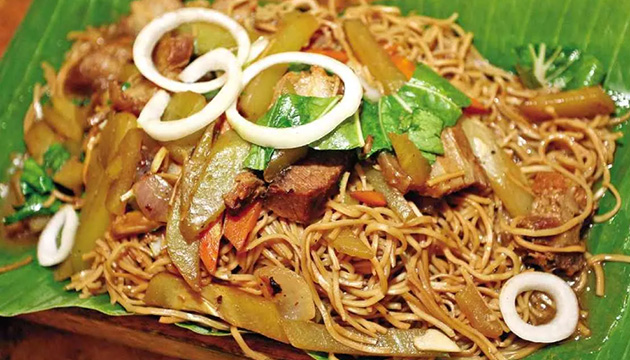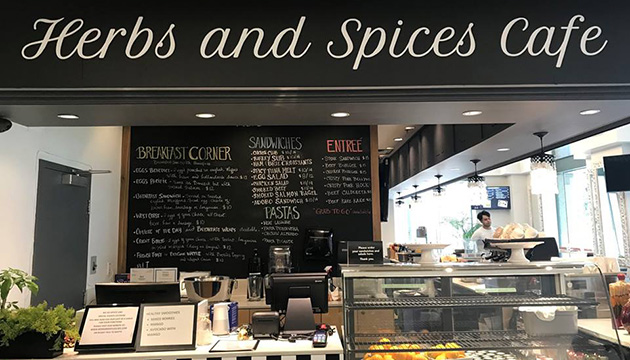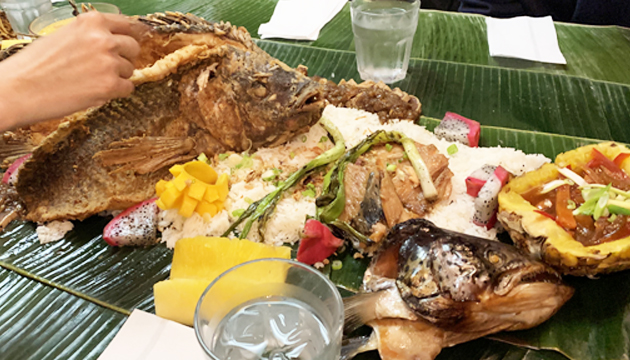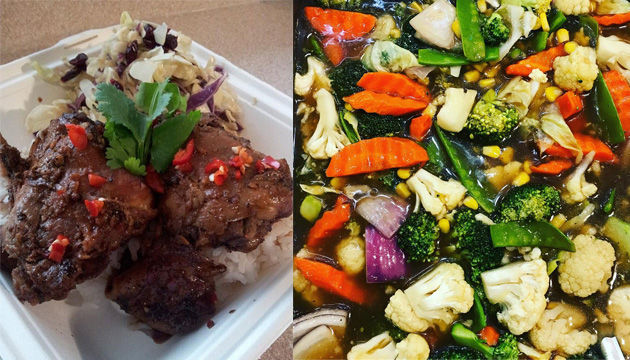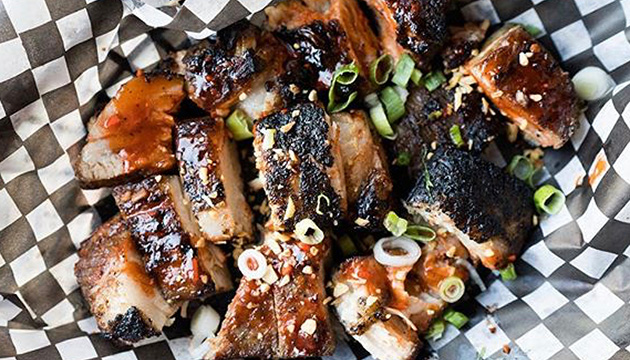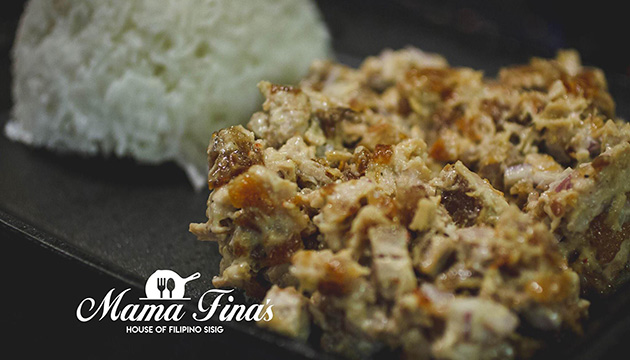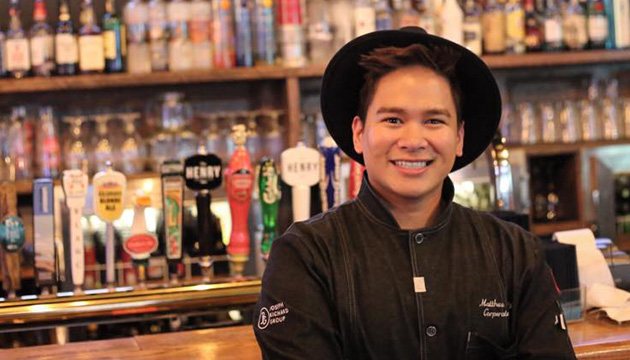Nuestro 88’s pancit canton delights Waterloo food writer Andrew Coppolino
Pancit canton, or wheat noodles stir fried with a medley of meats, seafood, and vegetables, is a popular dish in the Philippines.
It is such an integral part of Filipino cuisine that many restaurateurs outside the country have incorporated the fare in their menus.
